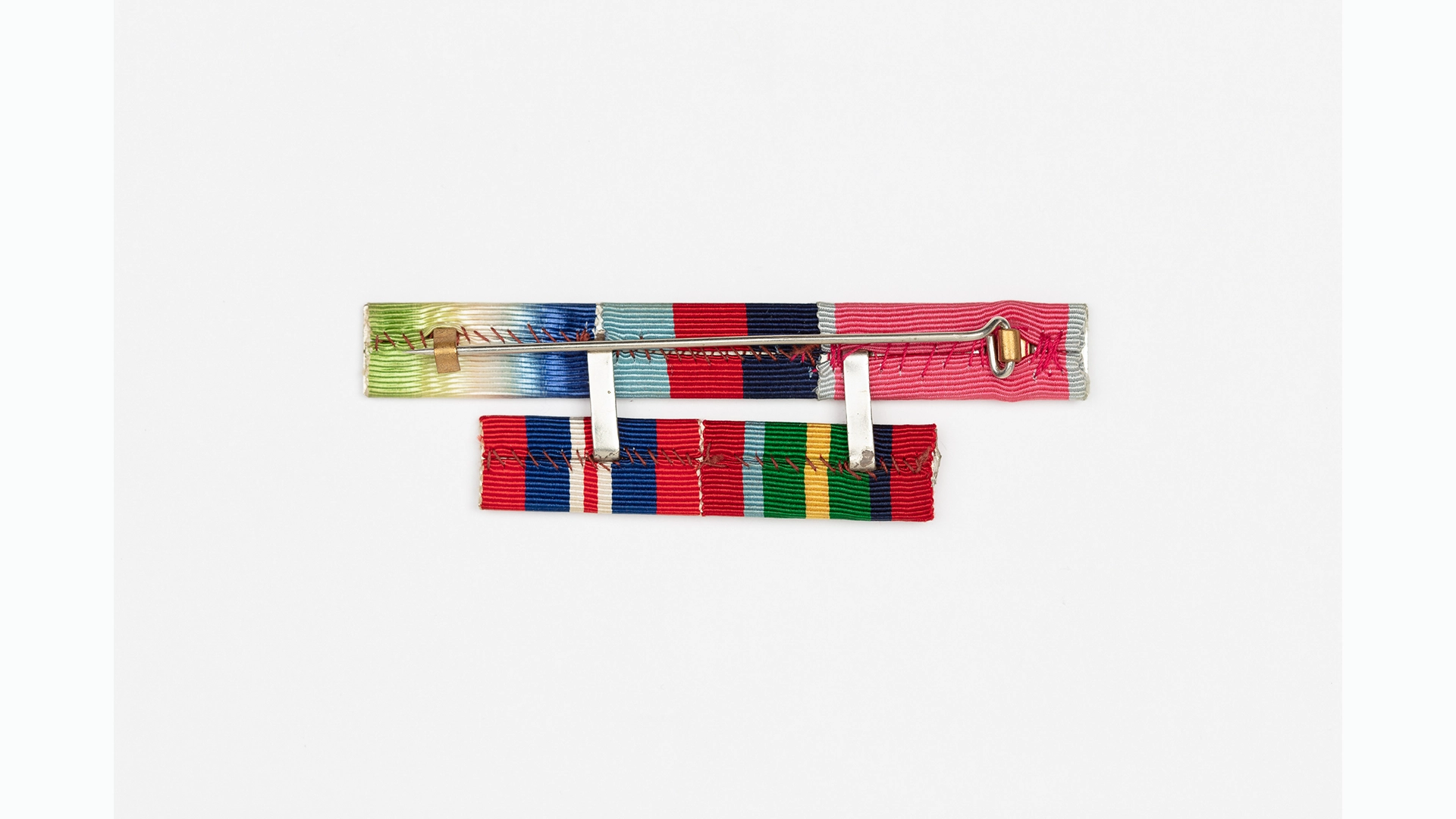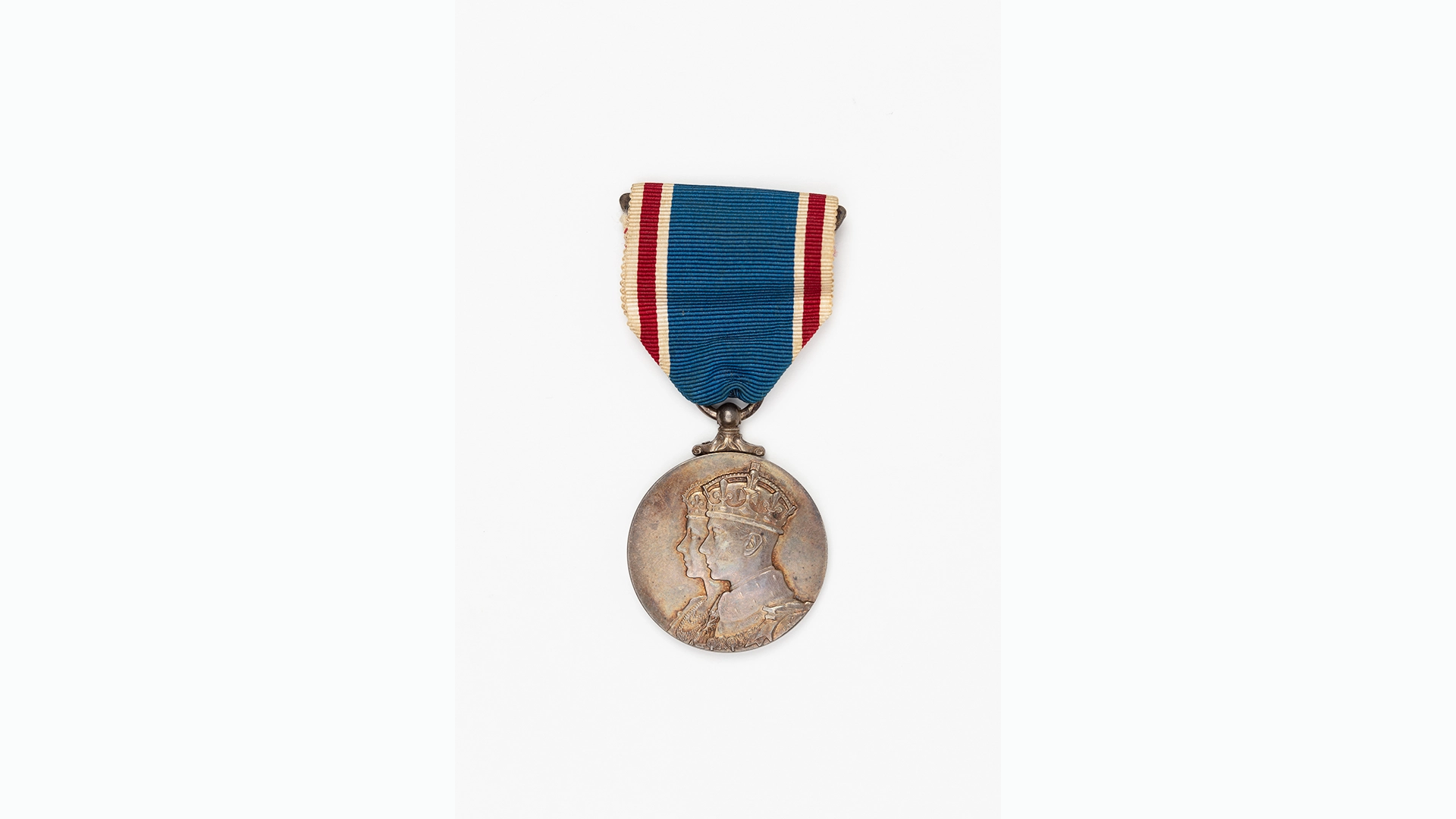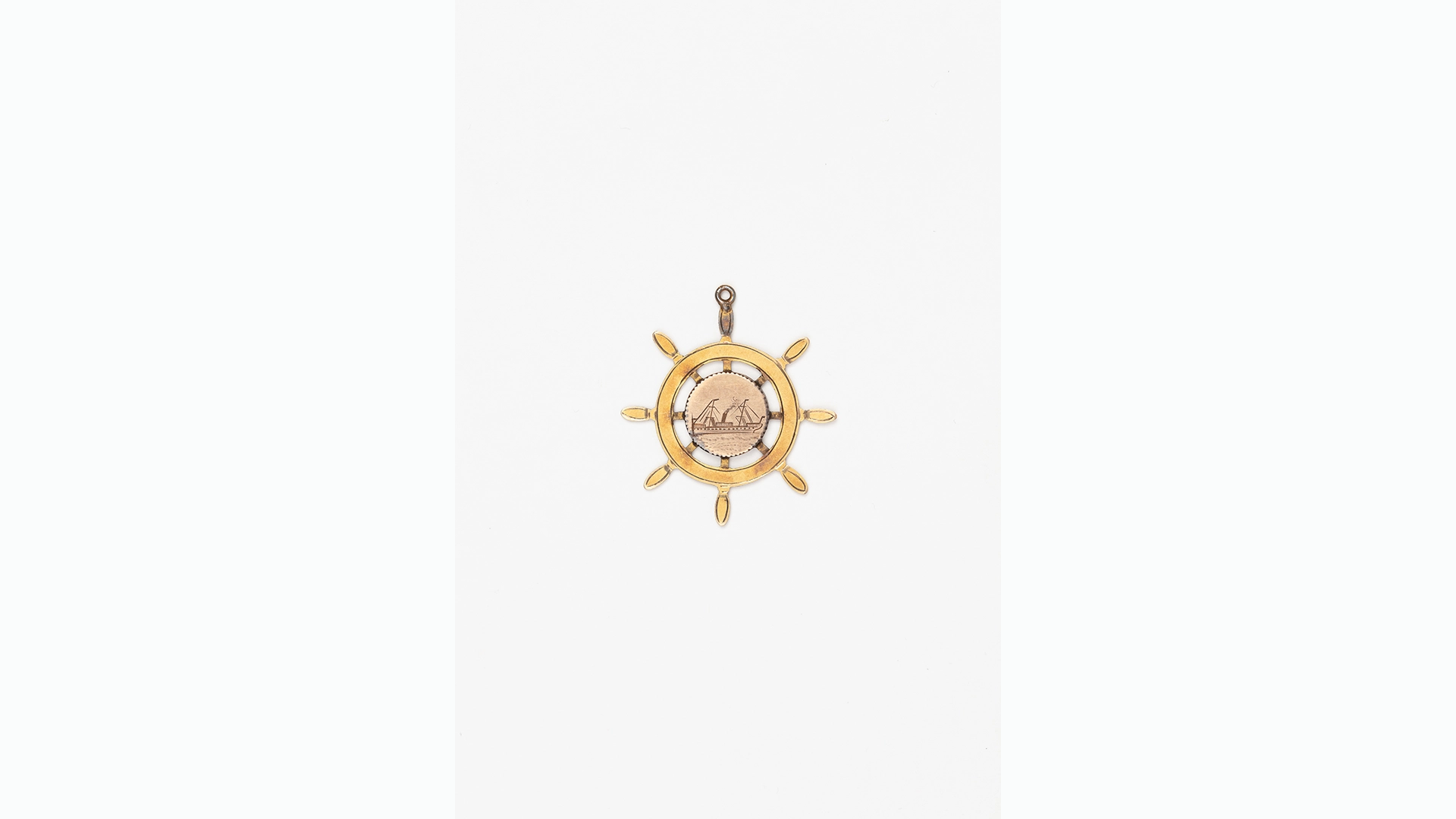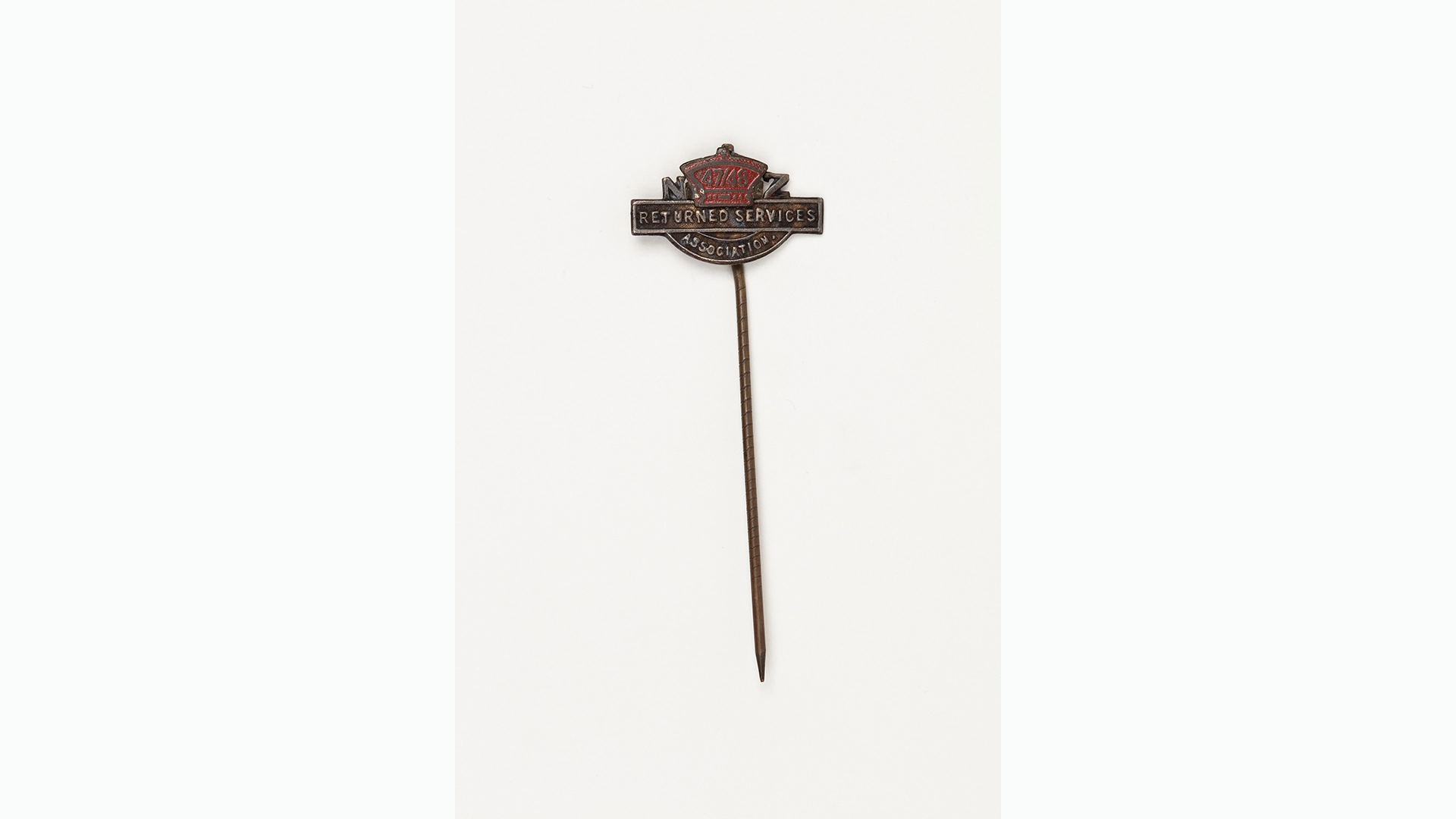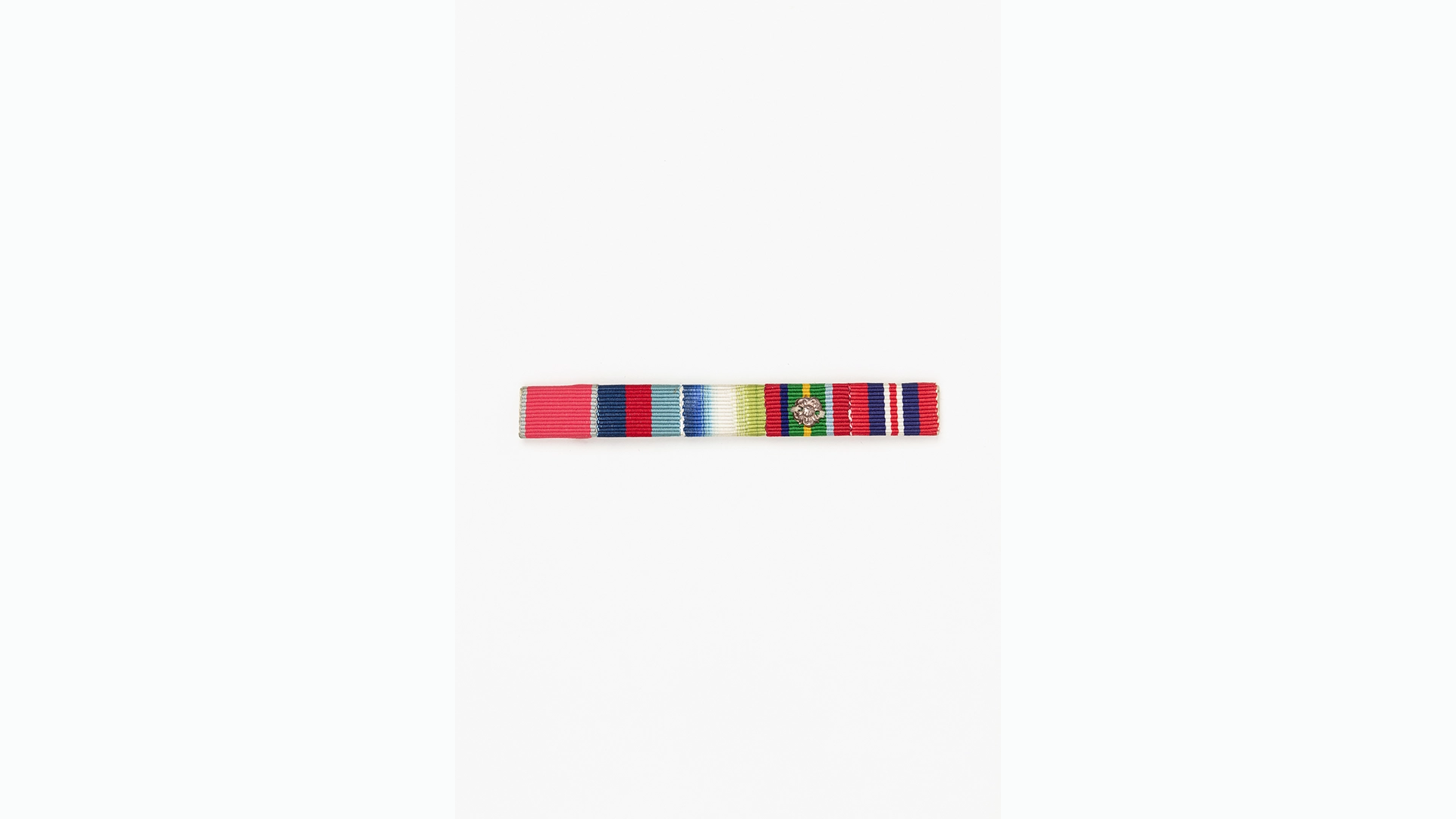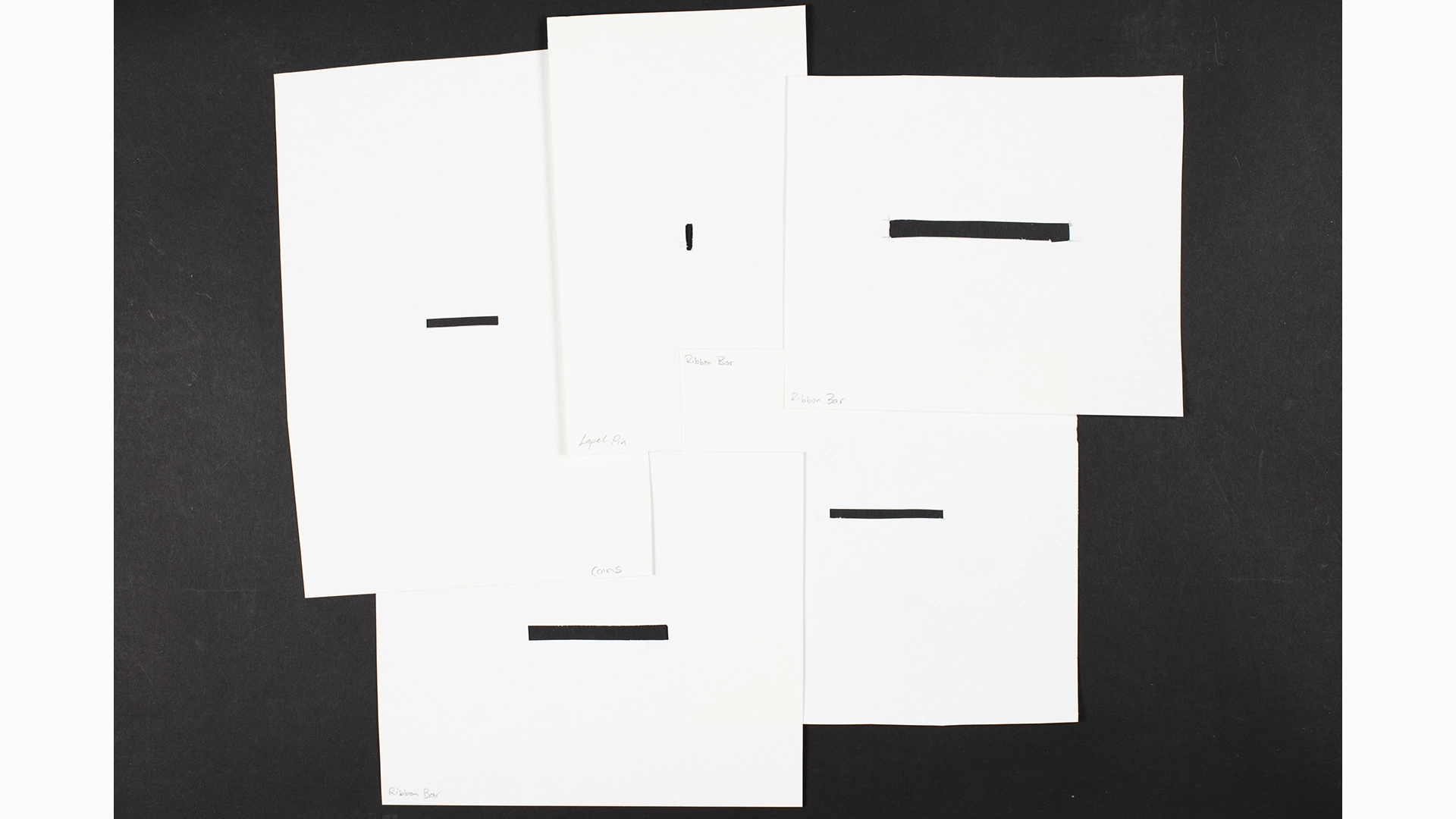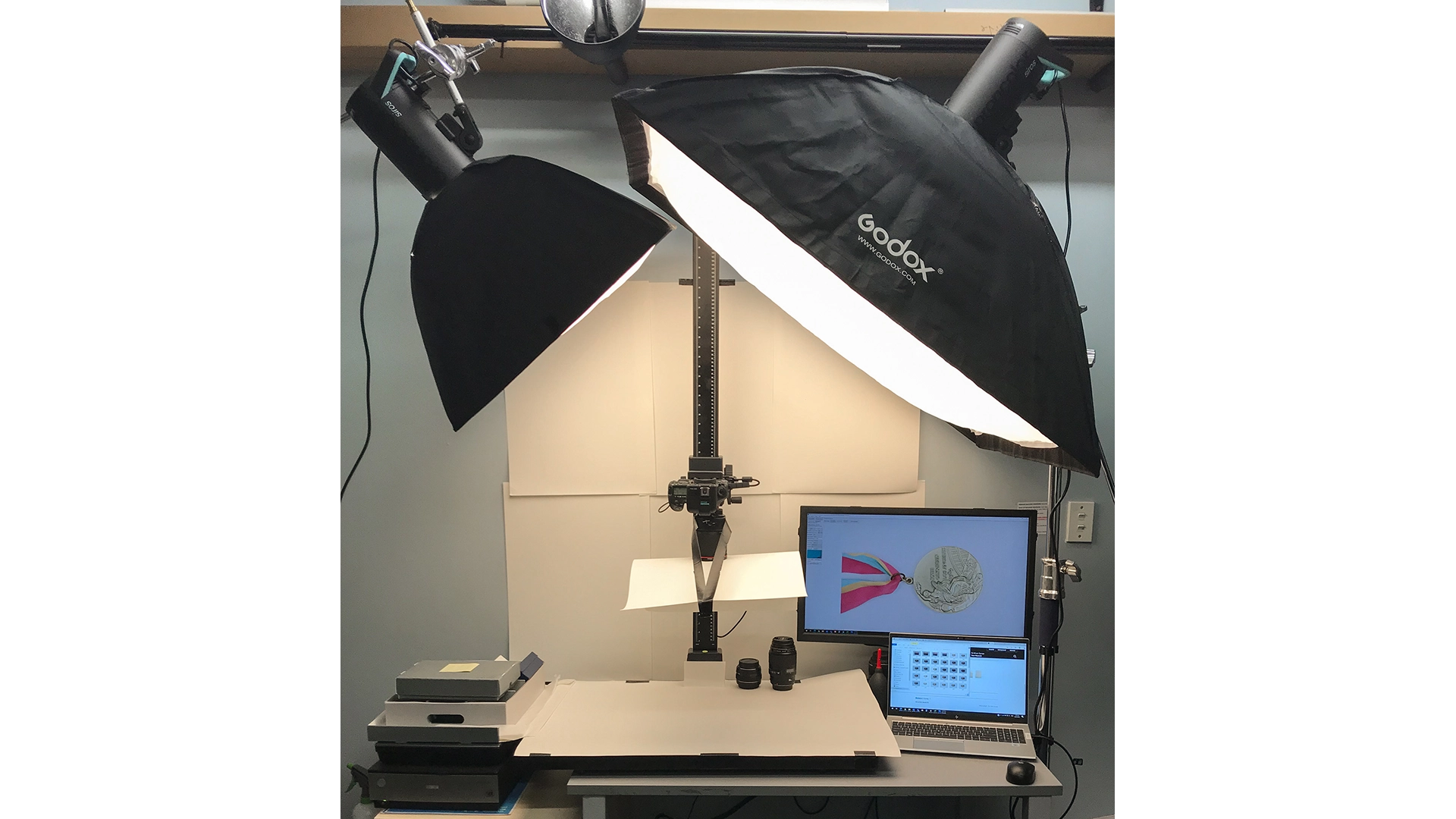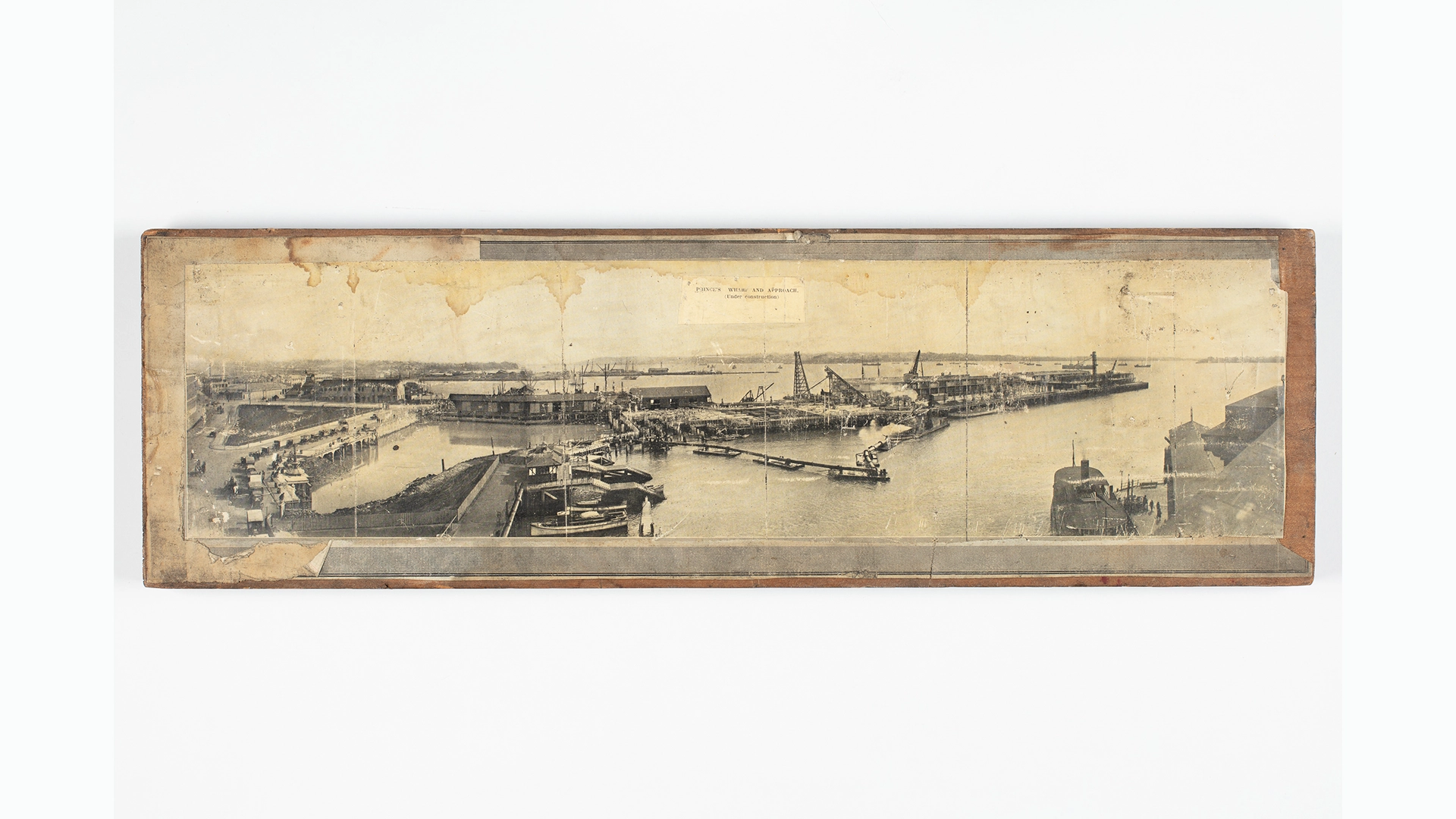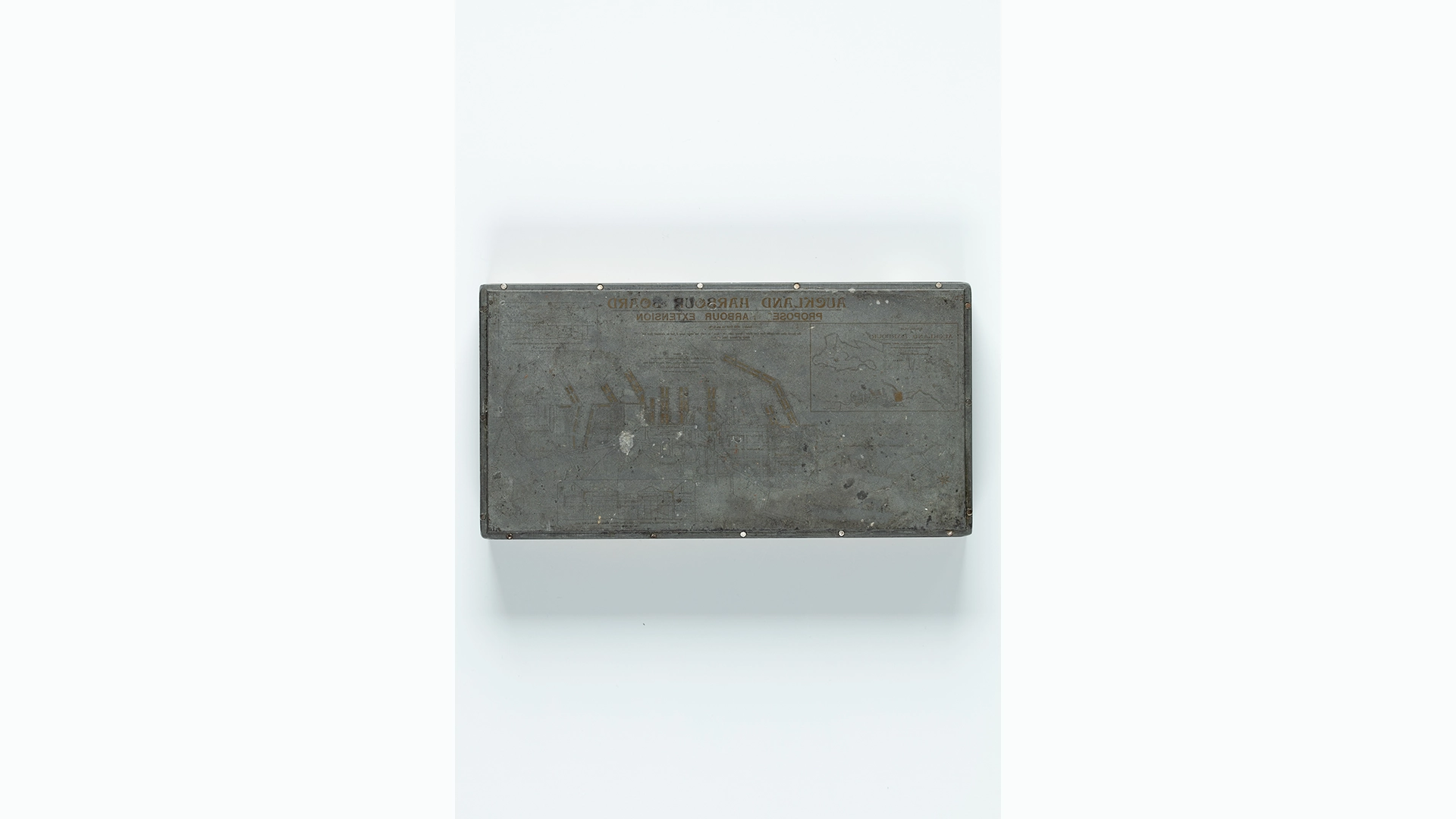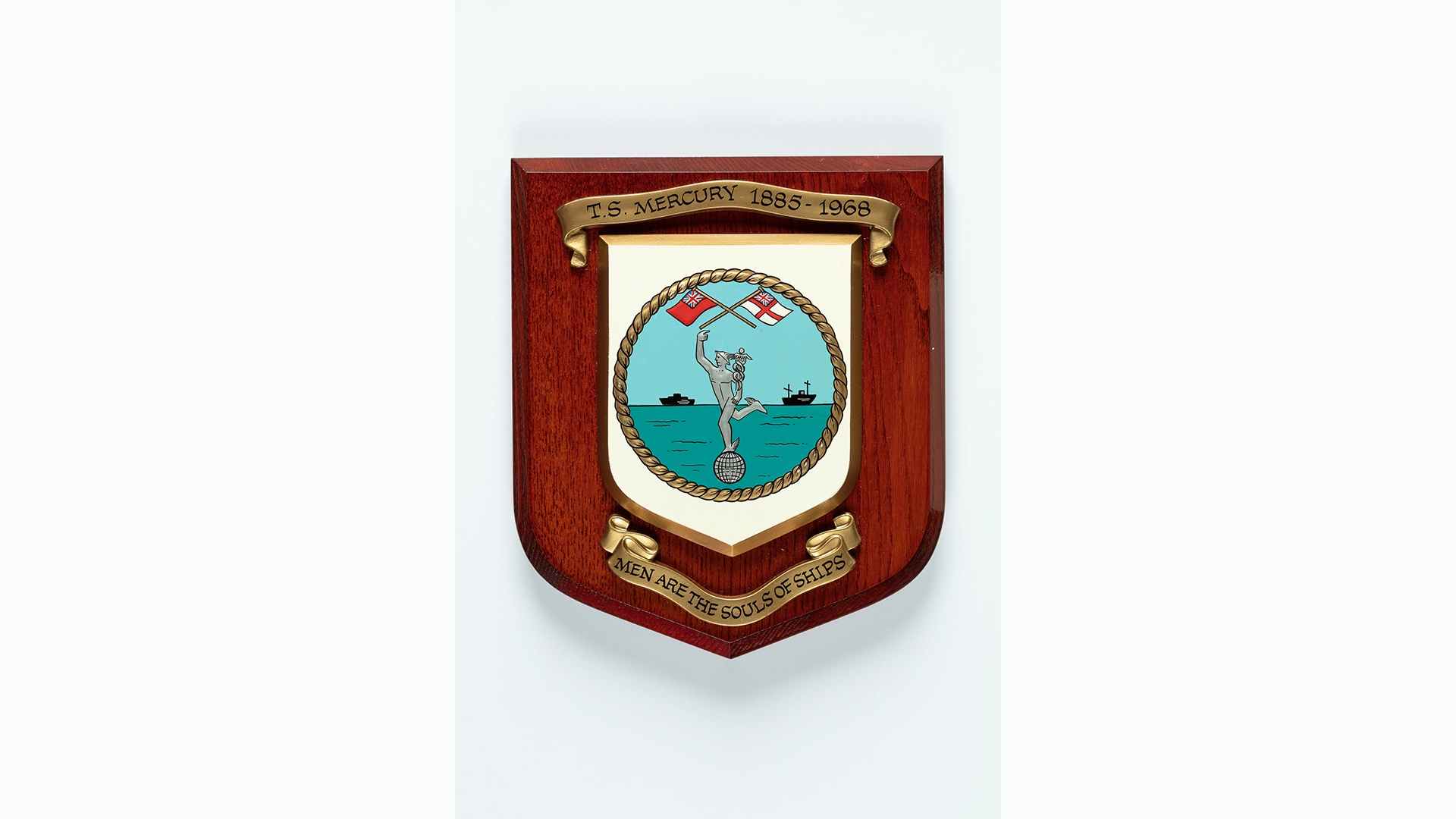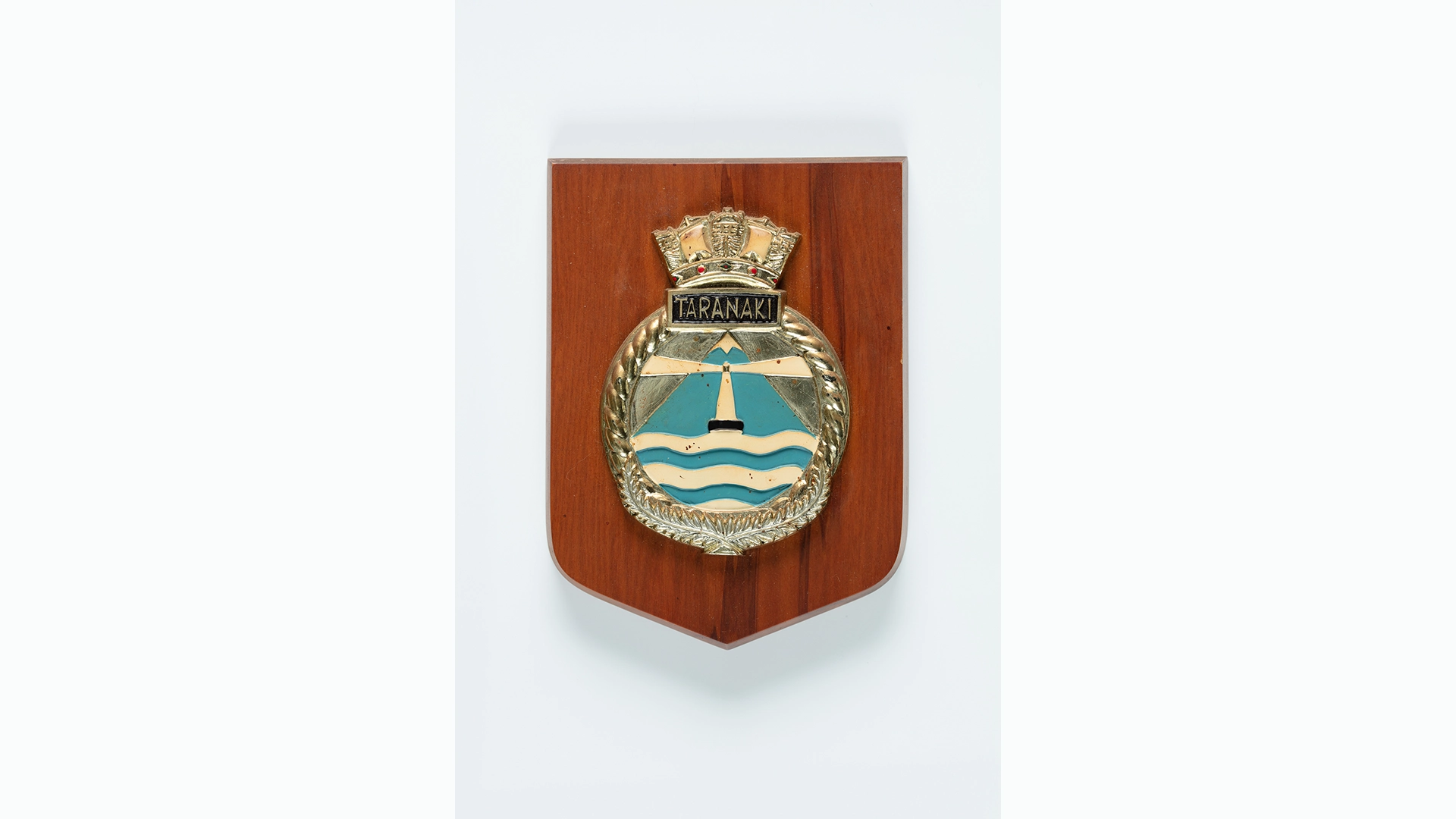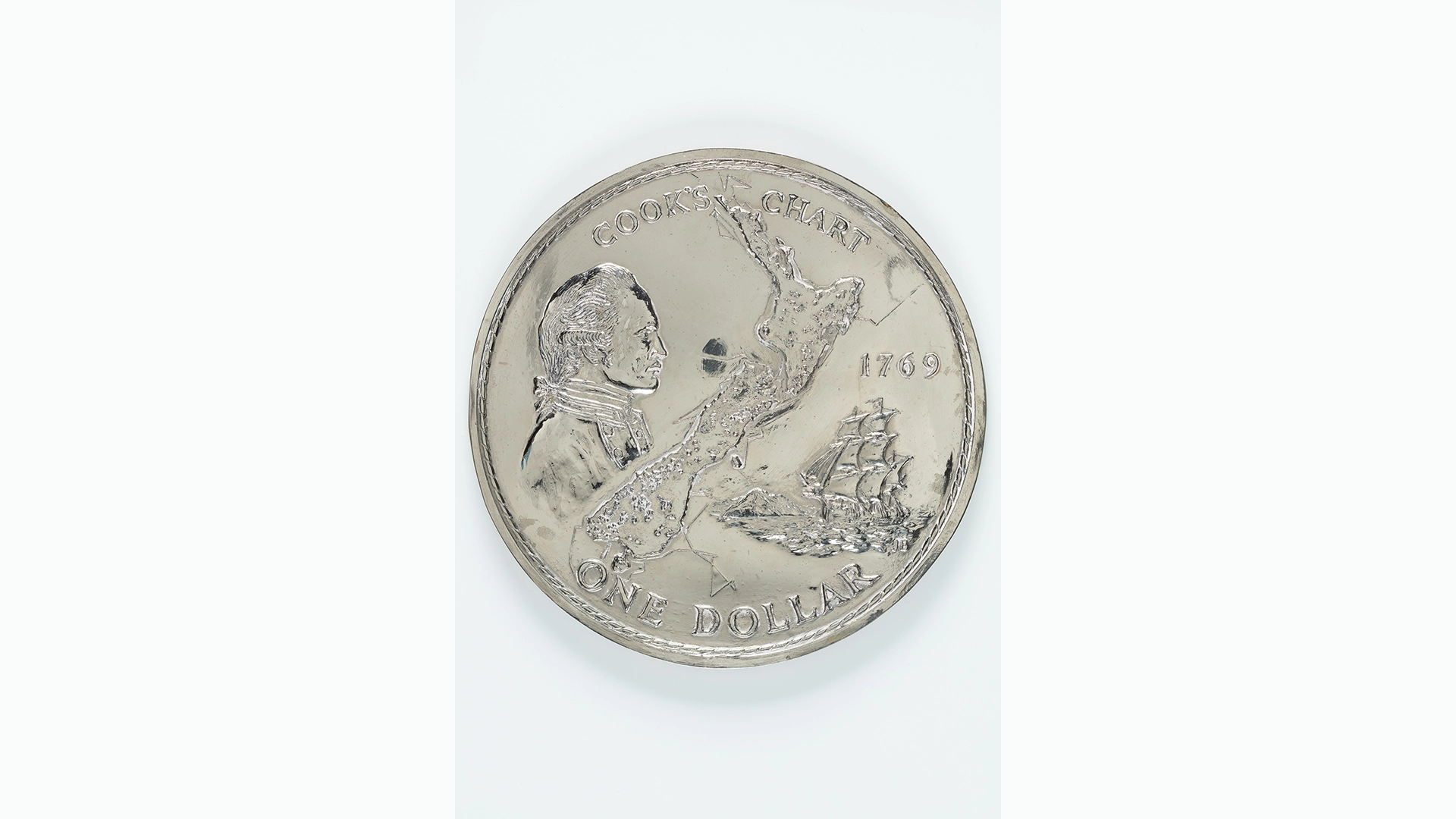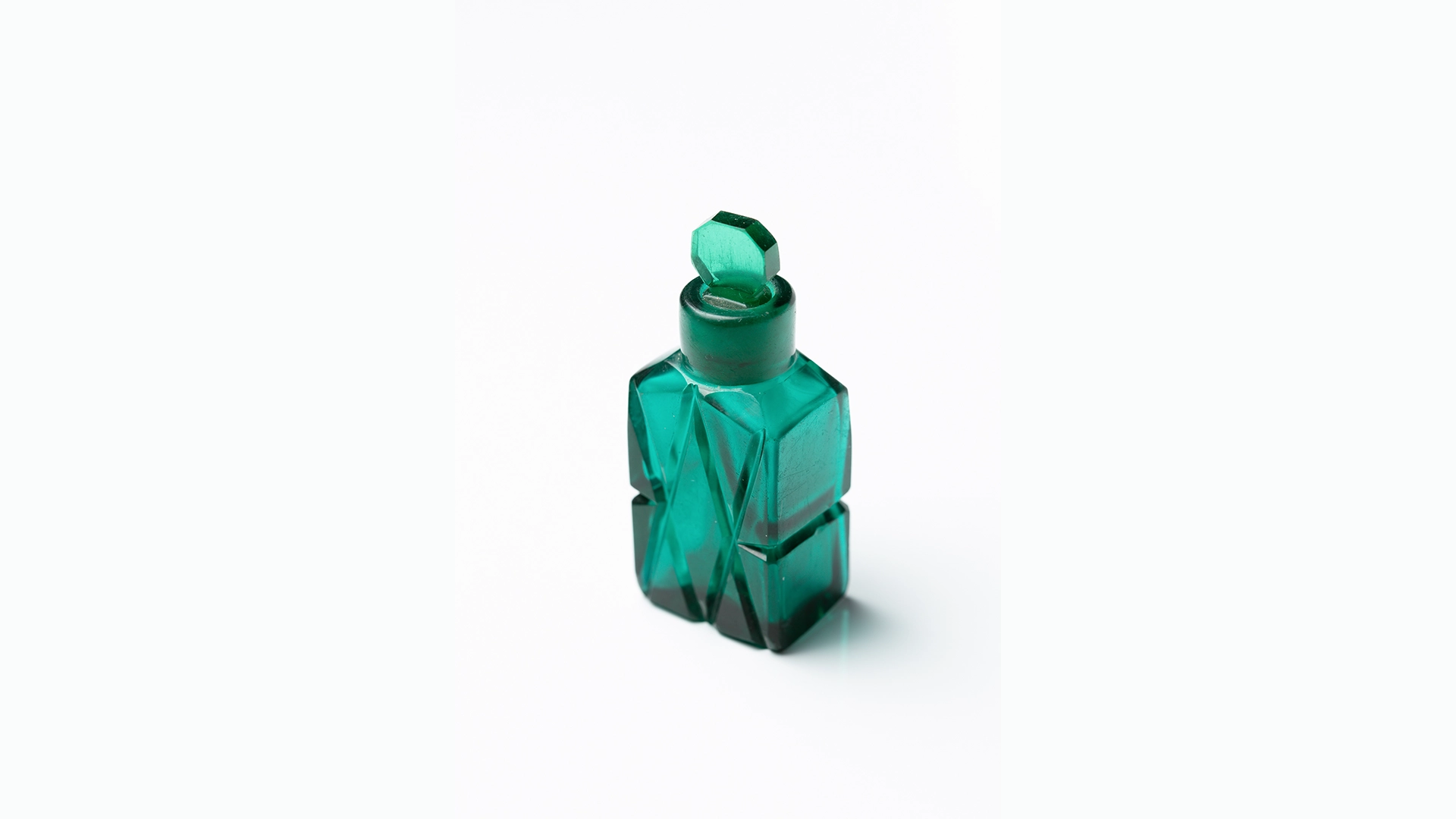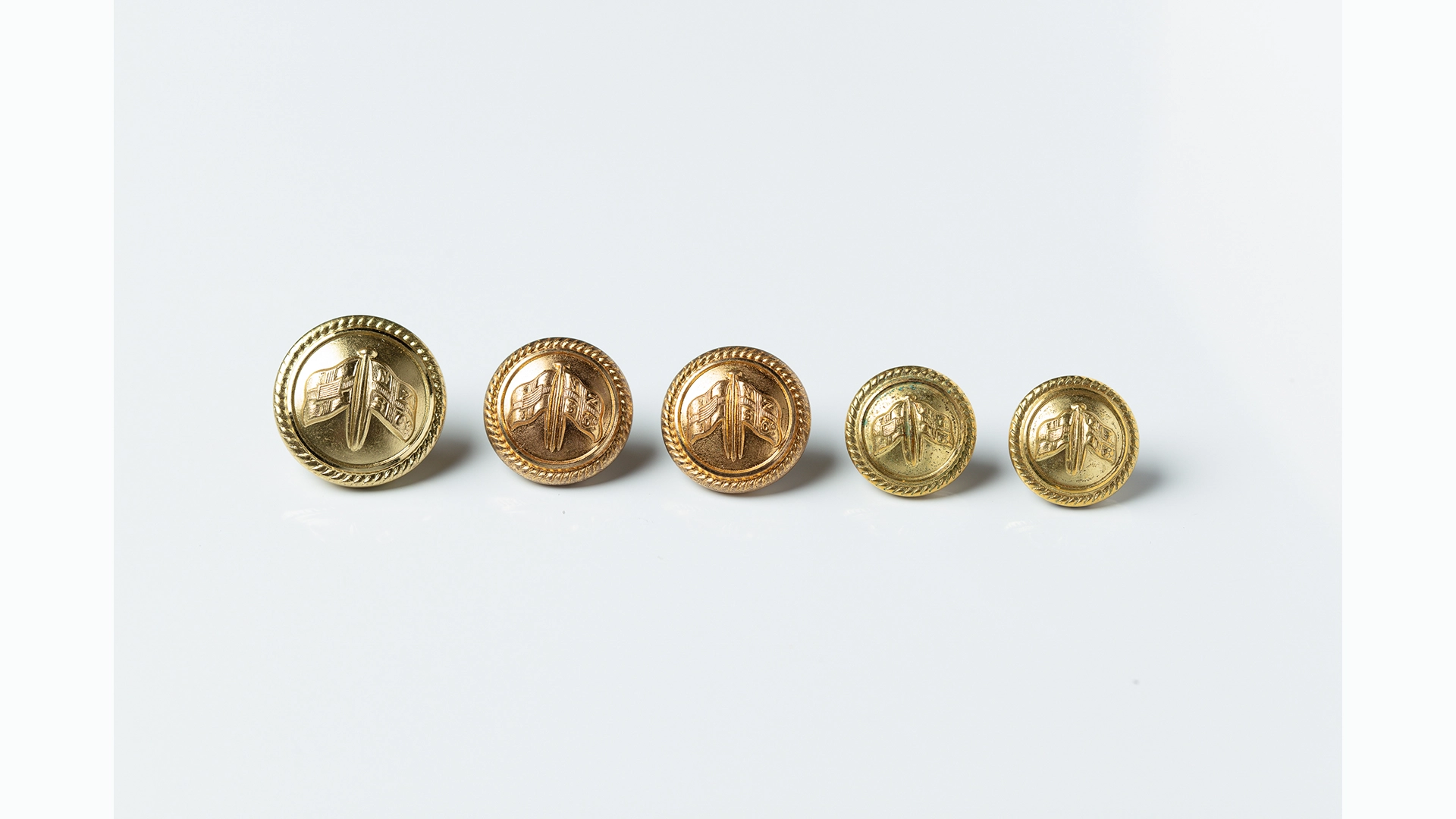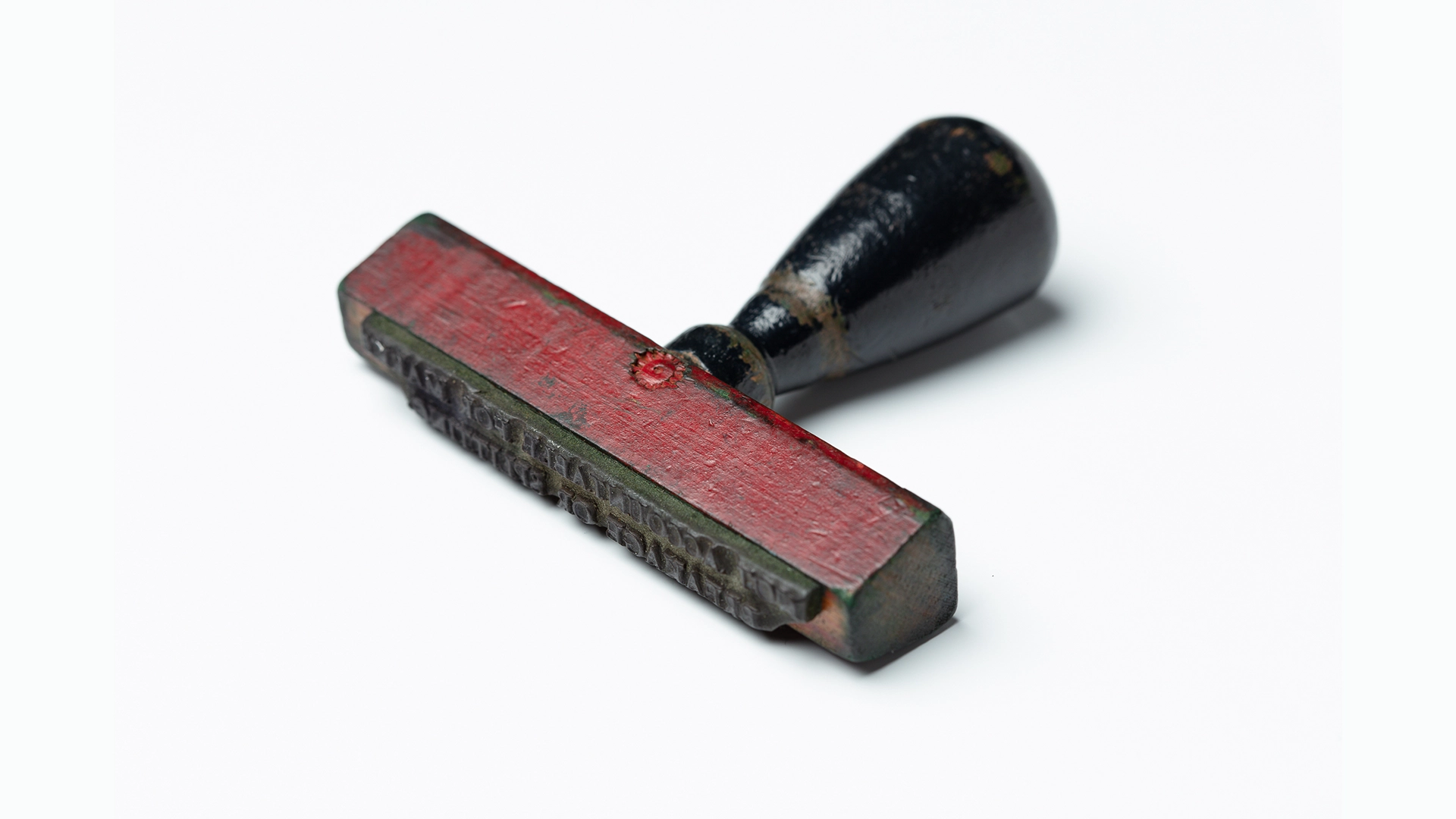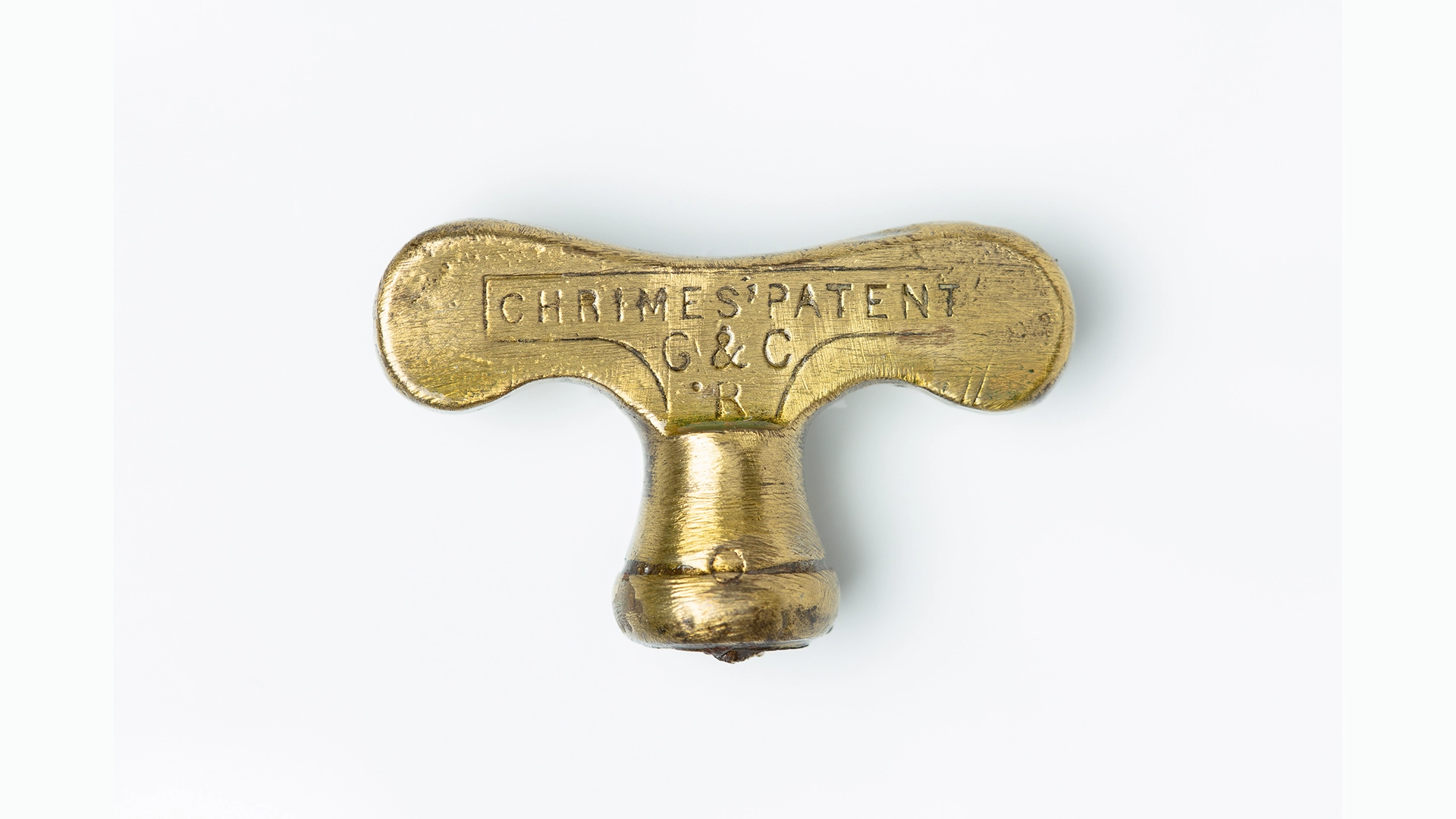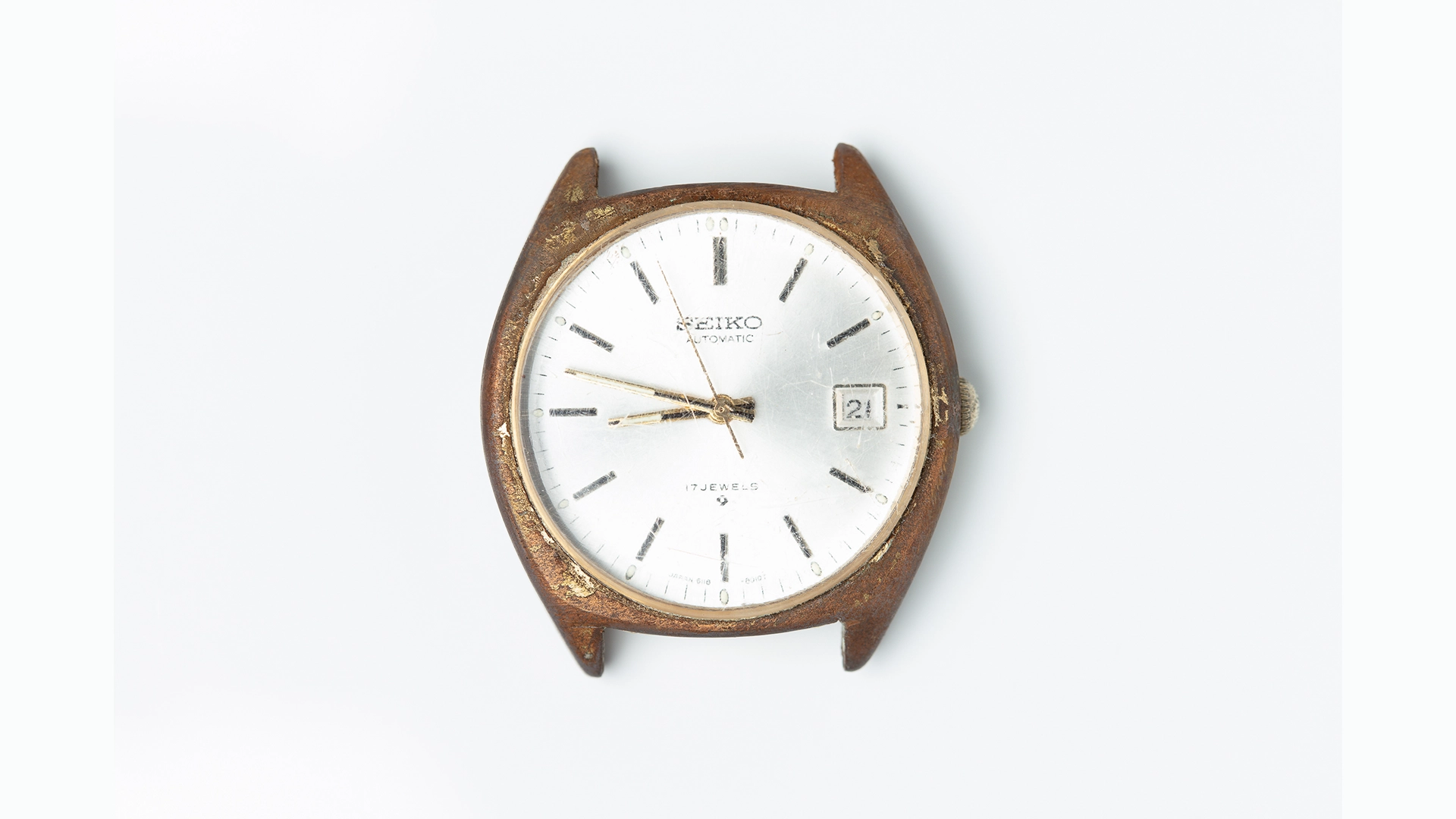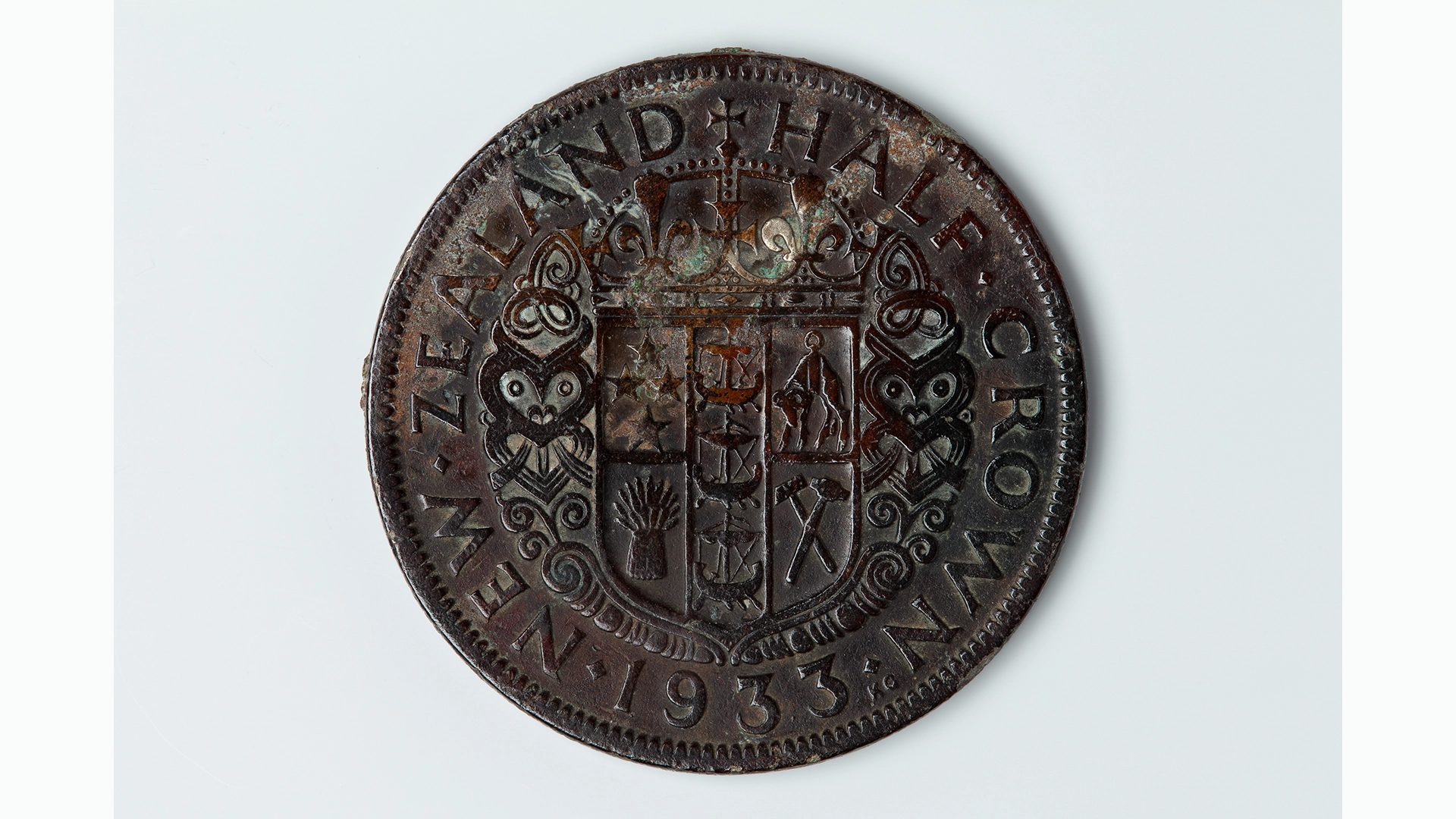Photographing Plaques and Shields
When it came to photographing our plaques and shields, we again changed our lighting setup to accommodate the new challenges of capturing this collection. Whilst still using two 60x60 softboxes on either side of the copy stand, we opted for an asymmetrical setup. The left softbox was situated lower and closer to the copy stand than the right. Both were blocked out with black fabric across the top third to reduce the apparent size of the softbox, making for a more controlled lighting area. Both lights were angled directly down towards the centre of the copy stand to light the object. We made use of white card as a reflector on the left side of the copy stand and we offset the lighting output due to the closer proximity of the left light to the object. As with the medals, the plaques and shields were photographed on a white background, with some on a white acrylic panel to gain different effects best suited to the object on the table.
The main challenges we came across were reflections on shiny materials and raised areas or relief work causing shadows at odd angles. This challenge required us to place card around the lens to hide the body of the camera, and to move around white card until we either hid the reflections or were able to reflect light back onto the object. Plaque B.E. ESMERALDA (NZMM 1993.278) was one such tricky object. The detailed image of the ship was created using relief work on metal. So, not only did we have the problem of metal being a reflective surface, but we also had the problem that the relief work was running in different directions for a textural effect. This meant that no matter which direction we tried to light the object, there was always a section of the plaque that did not reflect the light in the same way.
